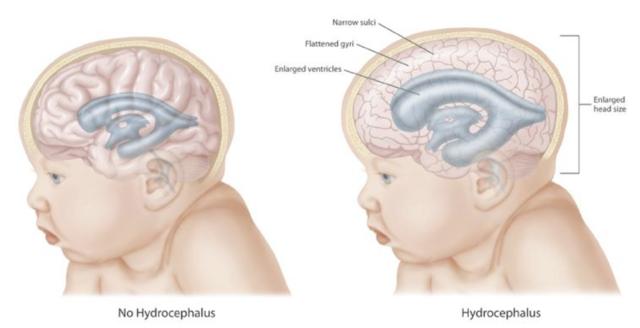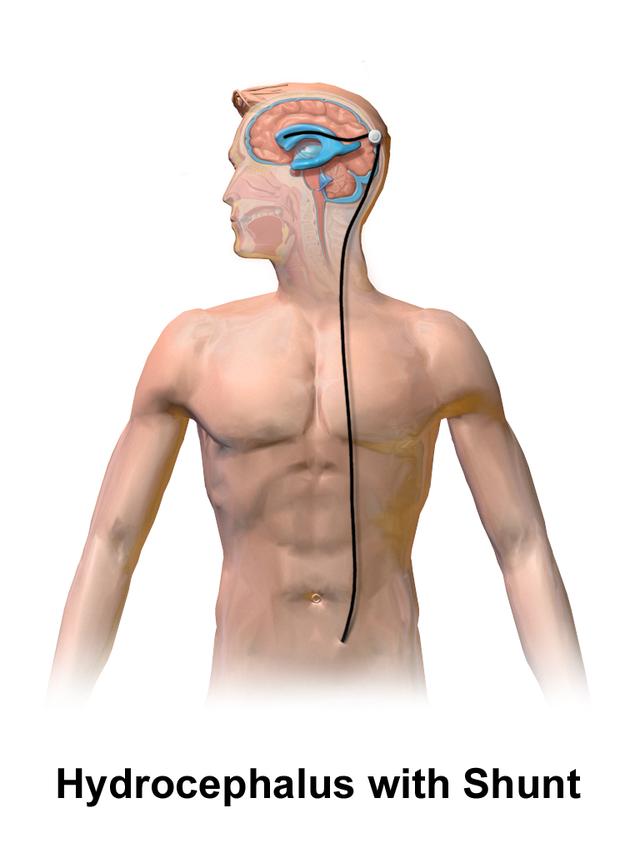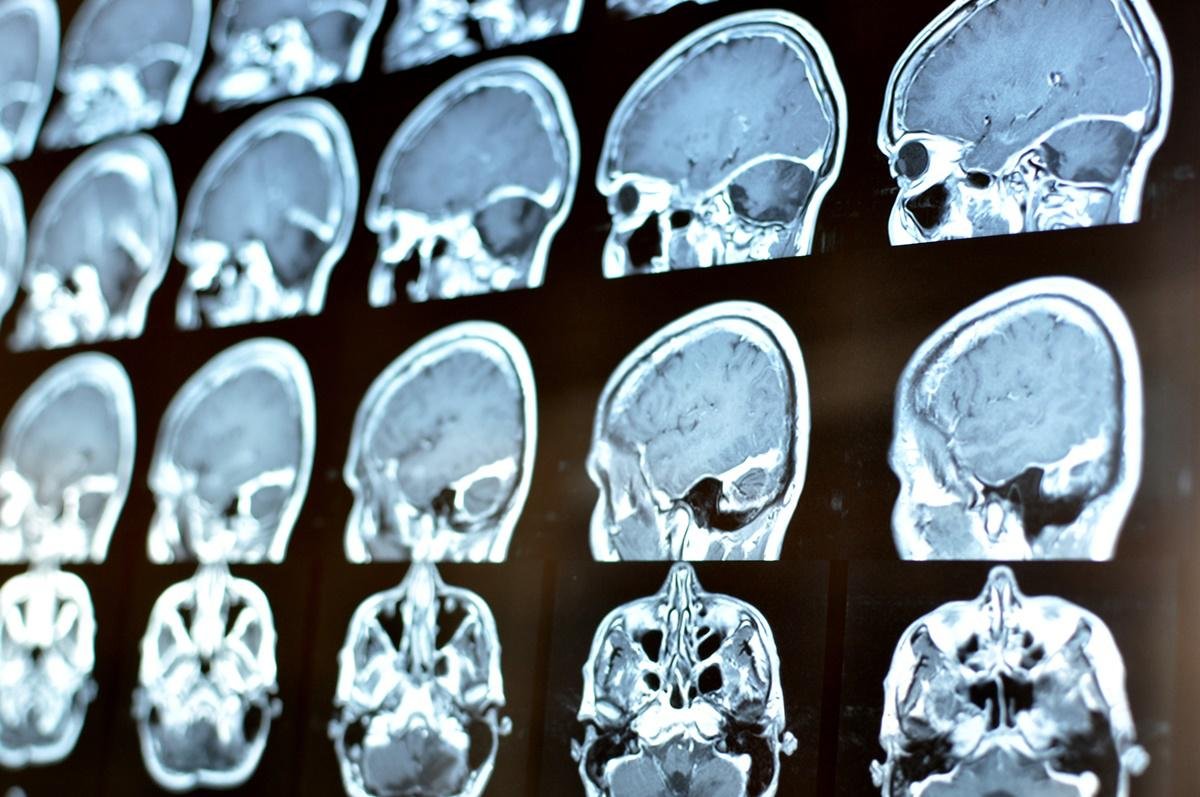*This text has been written based on the information received from health institutions and organizations, hospitals and health professionals. If you or someone you know has any of the symptoms described here, our recommendation is to seek medical attention as soon as possible.
This week, a talented prank from comedian Leo Lins had a lot of repercussions. In addition to losing his job at SBT, the comedian highlighted a disease that needs constant monitoring and can be fatal if left untreated: Hhydrocephalus.
Hydrocephalus, which is characterized by the accumulation of cerebrospinal fluid (CSF) in the brain and can cause permanent damage by compressing the organ, can occur at any age and has various causes.
Monitoring is ongoing and when it affects children it should be followed up by professionals from the Early Intervention Programme, the Unified Health System (SUS) to minimize harm to the development of minors. Learn more about the disease, its causes, diagnosis and treatment.
What causes hydrocephalus?
Inside our brain are areas called the ventricles, where CSF, more commonly known as cerebrospinal fluid, is produced. The fluid that washes our entire central nervous system (CNS), which consists of the brain, cerebellum, brain stem, and spinal cord, acts as follows:
- Shock absorber;
- Removes waste from brain metabolism;
- It acts as a pressure regulator within the CNS;
- It gives vitality to the brain.
But all these functions suffer when there is a decompensation in the natural functioning between production, movement and elimination. There can be three issues that cause this system to build up and malfunction:
- Occlusion: When there is a partial or complete obstruction in the movement of CSF between the ventricles or to other parts of the CNS.
- Absorption failure: CSF is absorbed by blood vessels on the surface of the brain, but when these vessels are inadequate for this task, CSF accumulates and causes swelling in the ventricles.
- Overproduction: This condition is less common. The ventricles produce much more fluid than the system can absorb.
This malfunction can occur at any age, it is more common in adults and infants over 60 years of age. It can be triggered by head trauma, infectious diseases, brain tumors due to brain hemorrhages that occur after birth, or it can be congenital when the baby is born with a compromise in the drainage system of the brain after birth.
What are the warning signs for hydrocephalus?
This condition should be diagnosed and treated as early as possible, as fluid buildup puts pressure on the brain tissue, which can lead to fatal or irreversible lesions if left untreated.
Among the signs and symptoms we have in babies are:
- Head with a much larger circumference than expected for age;
- rapid growth of the head after birth;
- Protruding Fontanela (soft spot) on the top of the head;
- seizures;
- Eyes fixed;
- Nausea and vomiting;
- Muscle tone problems.

In older children, complaints also include:
- blurred vision and/or double vision;
- headache;
- loss of bladder control or frequent urination;
- Decline in physical and cognitive abilities;
- Abnormal eye movements.
In adults, especially those over the age of 60, differential diagnosis is necessary because the symptoms are so close to those of dementia, namely: loss of urinary control, loss of physical and cognitive abilities, gait disturbance, poor coordination, problems with memory and reasoning.
How to diagnose and treat?
Diagnosis is made through observation of signs and symptoms, imaging tests, and liquor collection so the cause is determined and the best treatment prescribed.
Treatment options vary from person to person, requiring medication to control symptoms and, in the vast majority of cases, surgery.
The most common procedures include the surgical implantation of a valved tube called a shunt that conducts the third cerebral ventricle to another part of the body, more commonly through the peritoneum.

This deviation allows the CSF to be absorbed, the excess to be discharged in a controlled manner, the intracranial pressure to be lowered and the brain damage prevented. Continuous monitoring of this mechanism is necessary to prevent possible blockages, infections and worsening of the condition.
In addition to medication and surgery, people with hydrocephalus must acquire the skills to pursue treatment with occupational therapists, physiotherapists, psychologists, among other professionals, or, in the case of children, to perform activities necessary for daily living.
Monitoring for infants and children is offered by the United Health System (SUS) through its Early Intervention Program, which supports children and their families.
There is no cure for hydrocephalus, but it is possible to effectively control it, reduce the damage caused by the disease, and provide a better quality of life.
Source: Tec Mundo
I am Bret Jackson, a professional journalist and author for Gadget Onus, where I specialize in writing about the gaming industry. With over 6 years of experience in my field, I have built up an extensive portfolio that ranges from reviews to interviews with top figures within the industry. My work has been featured on various news sites, providing readers with insightful analysis regarding the current state of gaming culture.













